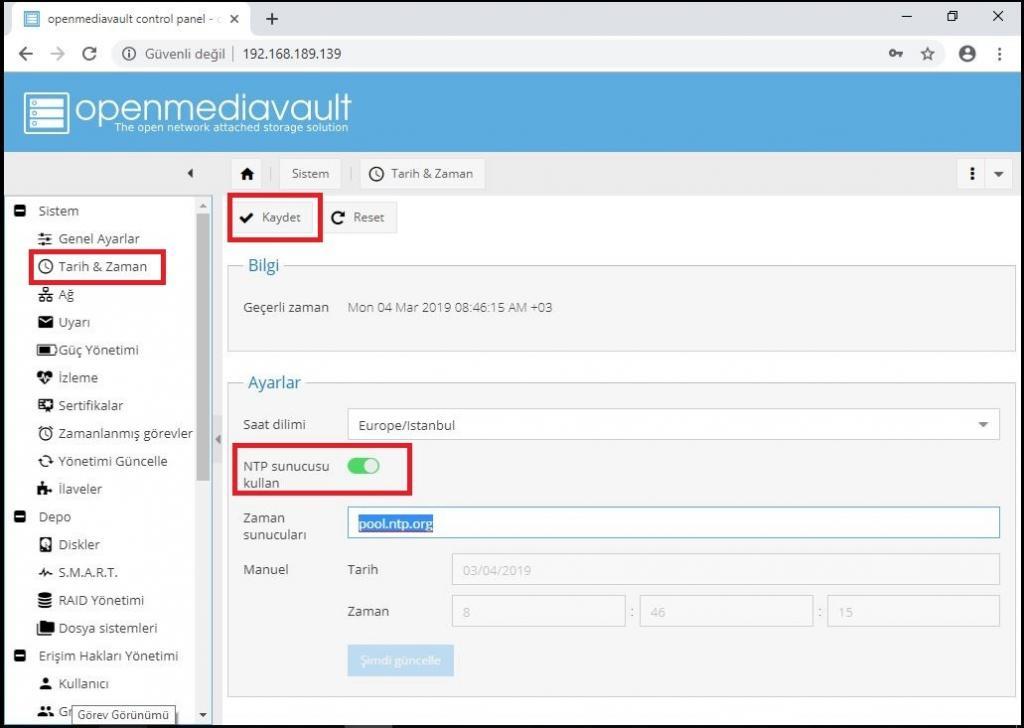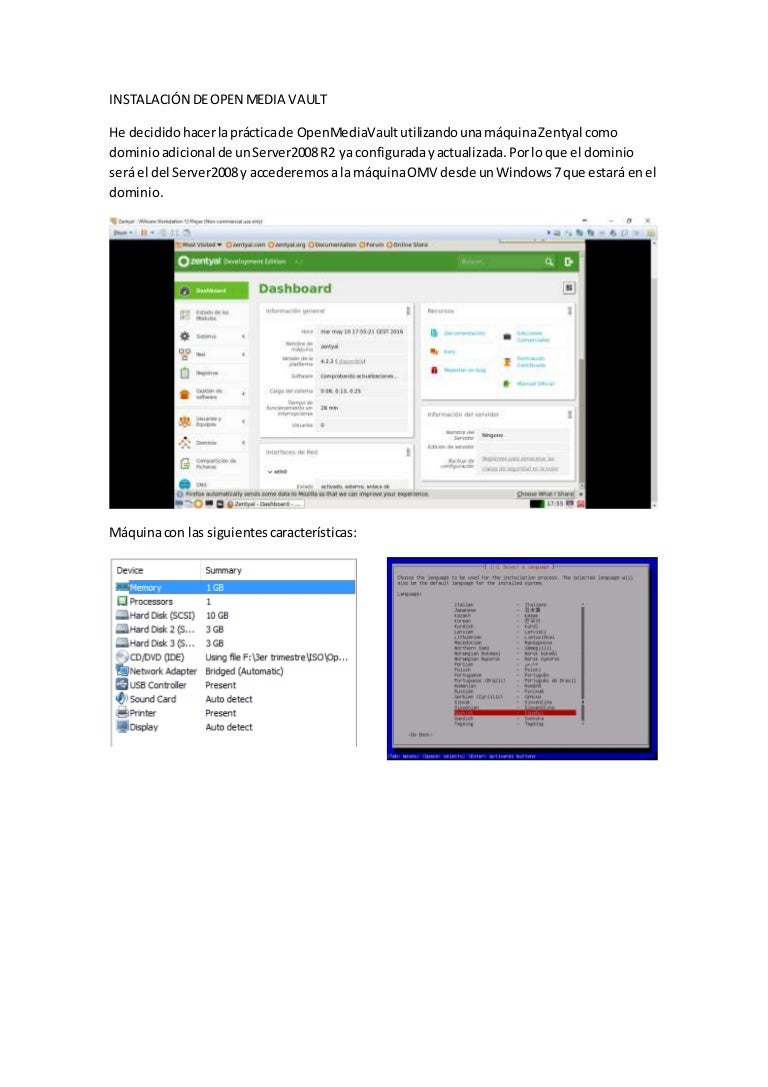
Now we can run the following command to download the OpenMediaVault install script and pipe it directly through to bash. Before we install OpenMediaVault, let’s update the existing packages by running the following command. In the case of the Pi, this is Raspberry Pi OS Lite.ġ. OpenMediaVault will only work on terminal based systems. Please note that you need to avoid using a desktop variant of your chosen operating system.

However, this should function fine on any Debian based operating system. In this section, we will be walking you through the steps to installing the OpenMediaVault software on a Raspberry Pi.įor this section, we are assuming that you are using the lite version of Raspberry Pi OS as your operating system. Installing OpenMediaVault to a Raspberry Pi We completed this tutorial on installing OpenMediaVault on a Raspberry Pi 4 running the lite version of Raspberry Pi OS Buster. Equipment Listīelow is the equipment that you will need to install OpenMediaVault to the Raspberry Pi. We recommend that you use the Raspberry Pi 4 or newer due to its improved IO capabilities. To run OpenMediaVault, you will need to be using a Raspberry Pi 2B or newer. OpenMediaVault can be much easier to use than trying to set up each individual service on your Raspberry Pi, like SAMBA and FTP. Out of the box, the OpenMediaVault software has support for (S)FTP, SMB/CIFS, DAAP media server, RSync, and even features built-in support for Docker containers. Using this software, you can easily convert your Raspberry Pi into a powerful NAS that has built-in support for a variety of different services. OpenMediaVault is a networked attached storage (NAS) solution built on Debian that has support for the Raspberry Pi.

Open media vault itunes remote how to#
In this Raspberry Pi tutorial, we will be showing you how to install and set up the OpenMediaVault software.


 0 kommentar(er)
0 kommentar(er)
